Facet-controlled synthesis strategies for Cu2O-based nanocrystals are reviewed and properties that make them suitable for numerous applications in sensing and catalysis are highlighted.
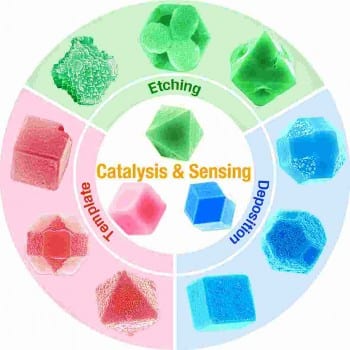

Facet-controlled synthesis strategies for Cu2O-based nanocrystals are reviewed and properties that make them suitable for numerous applications in sensing and catalysis are highlighted.
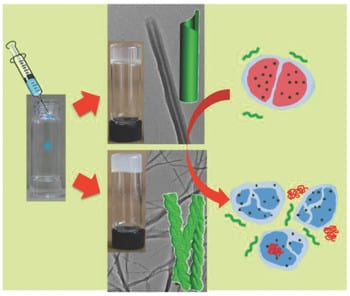
Silver(I) metallogels with nanotube and nanofiber structures show strong antibiotic properties.

A team of Chinese scientists have developed an opal-like TiO2 electron transport layer for perovskite solar cells.

One year after the launch we received the news that the journal has been accepted for coverage in Thomson Reuters Web of Science.
The authors R. Xue, M.A.B. Baker and F. Bai summarize in their progress report paper all known information regarding structure, assembly, torque-generation, switching, and adaptation properties of bacterial flagellar motor
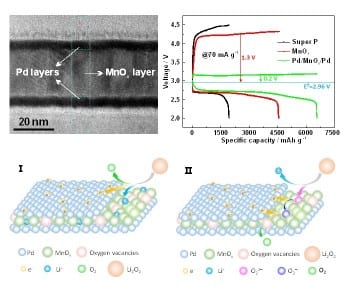
A trilayered Pd/MnOx/Pd nanomembrane greatly enhances the properties of Li–Oxygen batteries.
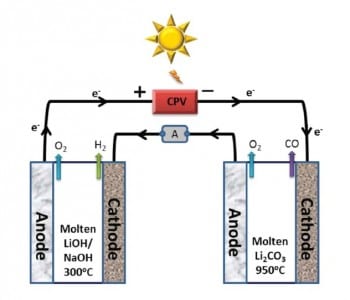
Hydrogen and carbon monoxide gas (sungas) is generated in a solar thermal electrochemical process (STEP) from water and carbon dioxide.
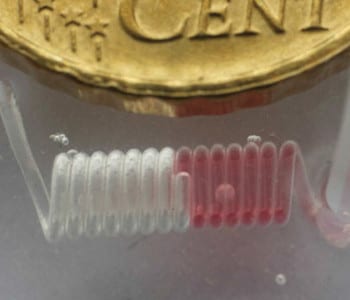
Scientists based in the Netherlands and Spain have recently developed a two-step printed scaffold-removal method to fabricate intricate microfluidic devices.
A new review in Advanced Science summarizes new nanotechnology-based potential diagnosis and treatment methods for triple negative breast cancer.
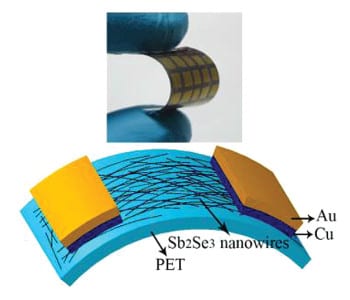
A new solvothermal approach to synthesize ultrathin nanowires, with applications in flexile photodetectors, is demonstrated.